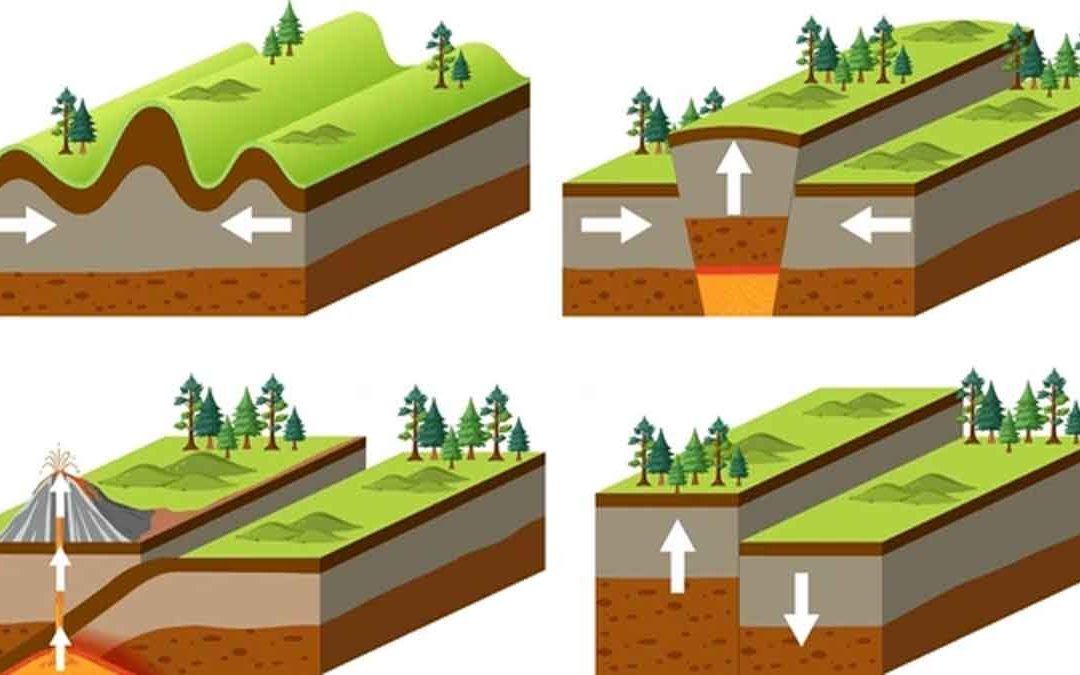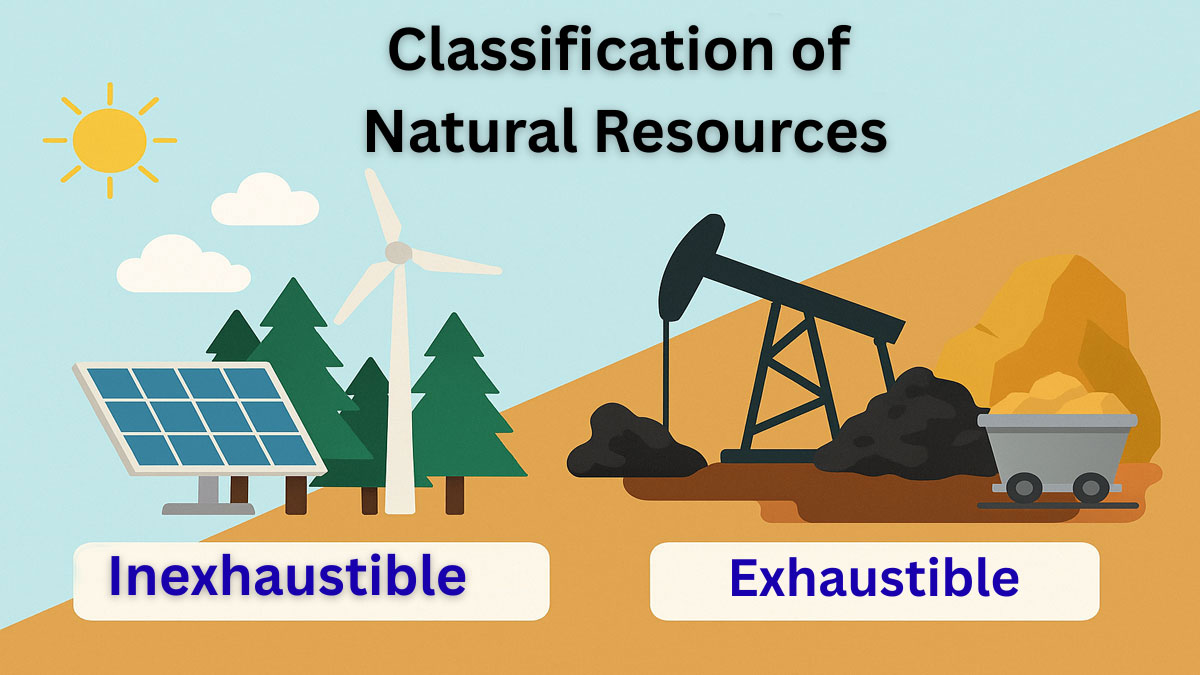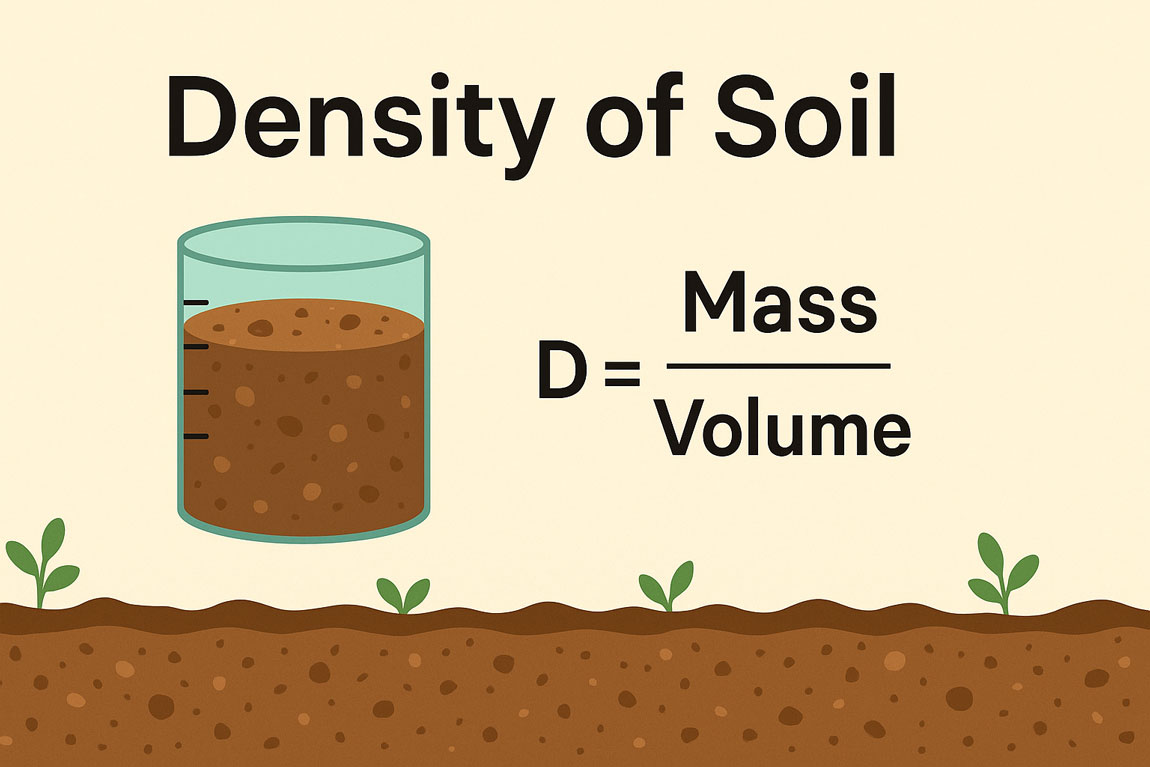Convergent Margins:
Convergent margins occur where the adjacent plates move toward each other and the motion is accommodated by one plate overriding the other. In plate tectonics, a convergent boundary, also known as a destructive plate boundary (because of subduction).
As a result of pressure, friction, and plate material melting in the mantle, earthquakes and volcanoes are common near convergent boundaries. When two plates move towards one another, they form either a subduction zone or a nature of the plates involved continental collision. This depends on the type of plates.
In a subduction zone, the subducting plate, which is normally a plate with oceanic crust, moves beneath the other plate. But it can be made of continental crust also. During collisions between two continental plates, large mountain ranges, such as the Himalayas, are formed.
Types of Convergent Margins:
There are three types of convergent margins,
- Ocean-Continent Convergent
- Ocean-Ocean Convergent
- Continent-Continent Convergent
Ocean-Continent Convergent:
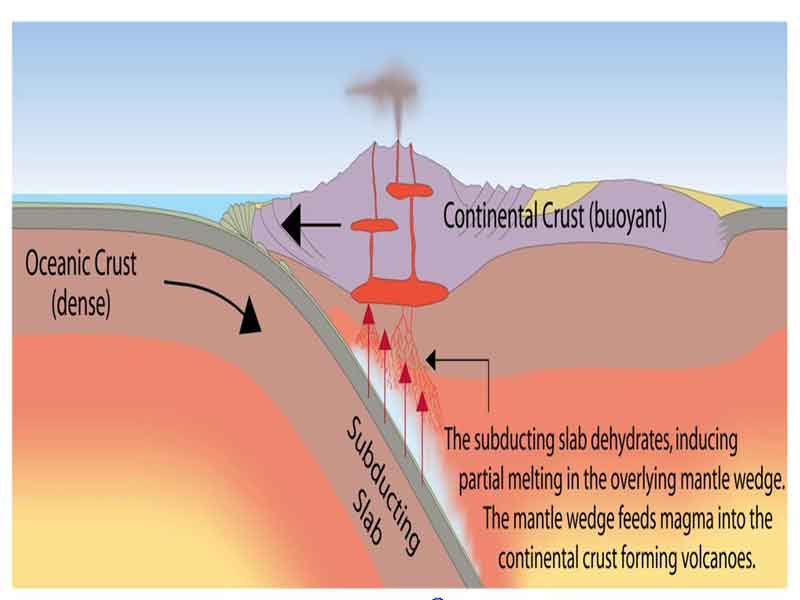
- When continental and oceanic plates collide the thinner and more dense oceanic plate is overridden by the thicker and less dense continental plate.
- The oceanic plate is forced down into the mantle in a process known as “subduction”.
- As the oceanic plate descends it is forced into higher temperature environments. At a depth of about 100 miles (160 km) materials in the subducting plate begin to approach their melting temperatures and a process of partial melting begins.
- This partial melting produces magma chambers above the subducting oceanic plate. These magma chambers are less dense than the surrounding mantle materials and are buoyant.
- The buoyant magma chambers begin a slow ascent through the overlying materials, melting and fracturing their way upwards.
- The size and depth of these magma chambers can be determined by mapping the earthquake activity around them.
- If a magma chamber rises to the surface without solidifying, the magma will break through in the form of a volcanic eruption.
- The Andes mountain range along the western edge of the South American continent is an example of a mountain belt formed by subduction. The continental crust of the South American plate has buckled under the compressional strain of converging with the Nasca and Antarctic plates. Additionally, there are many volcanoes, the result of the melting of the subducting slab and the production of new material that has risen through the crust to the surface.
- Oceanic lithosphere subducts underneath the continental lithosphere
- Oceanic lithosphere heats and dehydrates as it subsides
- The melt rises, forming volcanism
- E.g., The Andes
- The convergence of the Nazca and South American Plates has deformed and pushed up limestone strata to form towering peaks of the Andes
Ocean-Ocean Convergent:
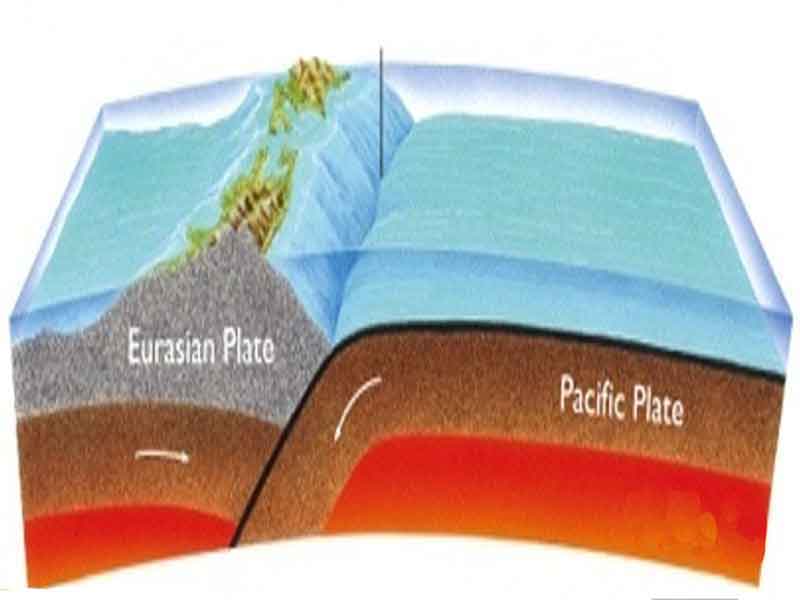
- When a convergent boundary occurs between two oceanic plates one of those plates will subduct beneath the other. Normally the older plate will subduct because of its higher density.
- The subducting plate is heated as it is forced deeper into the mantle and at a depth of about 100 miles (160 km) the plate begins to melt.
- Magma chambers are produced as a result of this melting and the magma is lower in density than the surrounding rock material.
- It begins ascending by melting and fracturing its way through the overlying rock material.
- Magma chambers that reach the surface break through to form a volcanic eruption cone. In the early stages of this type of boundary the cones will be deep beneath the ocean surface but later grow to be higher than sea level.
- This produces an island chain. With continued development the islands grow larger, merge and an elongated landmass is created.
- Japan, the Aleutian islands and the Eastern Caribbean islands of Martinique, St. Lucia and St. Vincent and the Grenadines are examples of islands formed through this type of plate boundary.
Continent-Continent Convergent:

- When continental crust pushes against continental crust both sides of the convergent boundary have the same properties (think back to the description of continental crust: thick and buoyant).
- Neither side of the boundary wants to sink beneath the other side, and as a result the two plates push against each other and the crust buckles and cracks, pushing up (and down into the mantle) high mountain ranges.
- For example, the European Alps and Himalayas formed this way.
- Forms mountains, e.g. European Alps, Himalayas
Example:
- India used to be an island, but about 15 million years ago it crashed into Asia (see map).
- As continental crust was pushing against continental crust the Himalayan mountain belt was pushed up.
- “Mountains” were also pushed down into the mantle as the normally 35 km thick crust is approximately 70 km thick in this region.
- Mt Everest is the highest altitude mountain on our planet standing 8,840 metres high. This means that below the surface at the foot of the mountain the crust is a further 61 km deep!!

